Services provided by HPC2N¶
HPC2N provides supercomputing and storage resources for academic research. We provide a wide spectrum of services, ranging from internationally competitive Tier-1-type HPC resources and eInfrastructure to education and user training programs reflecting HPC2N’s strong commitment to national and local HPC users as well as new users in emerging areas.
HPC2N is organized as a consortium between universities and research institutes that form a competence network for scalable high performance and parallel computing, grid and cloud computing, effective large-scale storage solutions as well as eScience applications.
Computing¶
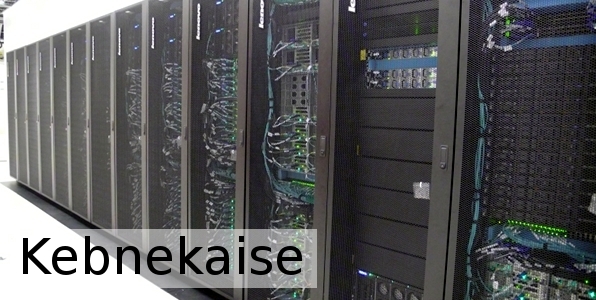
Kebnekaise, the main HPC2N computing resource deployed during 2016/2017 and extended in 2018 and 2023, is a heterogeneous system with Skylake CPUs, Skylake V100 GPU nodes, 3TB memory large memory nodes, AMD Zen3 nodes, and A100 GPU nodes. The V100 and A100 GPUs both offer CUDA cores and Tensor cores. For a scalable parallel performance, the system is equipped with high bandwidth, low latency EDR/FDR InfiniBand interconnect.
Kebnekaise is now a local compute system, accesible only for researchers in groups with a PI that is affiliated with UmU or HPC2N’s partner sites (IRF, SLU, MIUN, LTU).
If you want to read more about Kebnekaise, go directly to the Kebnekaise hardware page on the HPC2N main pages.
Retired hardware¶
We also have an overview of retired hardware.
Cloud¶
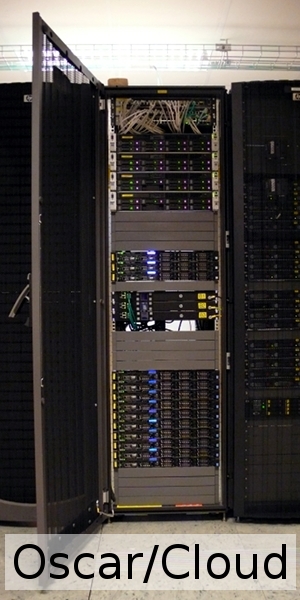
| Name | Type | Usage | Comments |
|---|---|---|---|
| Swedish Science Cloud |
Community Cloud |
Free of charge to Swedish PIs and their collaborators. Allocated through SUPR |
A platform to develop knowledge and explore the usefulness of cloud computing. More information on the Swedish Science Cloud homepage |
Storage¶
| Name | Type | Usage | Size | Comments |
|---|---|---|---|---|
| Kryten | Tape storage | Swedish HPC, WLCG | 2500 tape slots | IBM TS3500 LTO “Jaguar” tape library |
| Center wide storage |
Fast parallel file system |
Homedirs, project storage |
2 PB fast disk | Uses Lustre |
| WLCG storage | dCache | WLCG | Target 50% of the Swedish Tier1 allocation |
HPC2N is a Tier-1 node, providing storage and computing services for the Worldwide LHC Computing Grid (WLCG). |
| NAISS Storage | Swestore dCache |
NAISS | Target 25% of Swestore dCache |
HPC2N is one of the nodes hosting Swestore dCache storage |
Projects and Collaboration¶
HPC2N participates in several international eInfrastructure projects including PRACE, NDGF, WLCG, EOSC, and Eiscat3D. In close cooperation with the department of computing Science and as partner of the eSSENCE programme, HPC2N actively participates in several international R&D projects.
HPC2N is, together with SciLifeLab, a national Data Science Node in “Epidemiology and Biology of Infections” under the DDLS program. SciLifeLab and Wallenberg National Program for Data-Driven Life Science (DDLS) focuses on data-driven research, within fields essential for improving people’s lives, detecting and treating diseases, protecting biodiversity and creating sustainability.

![]()

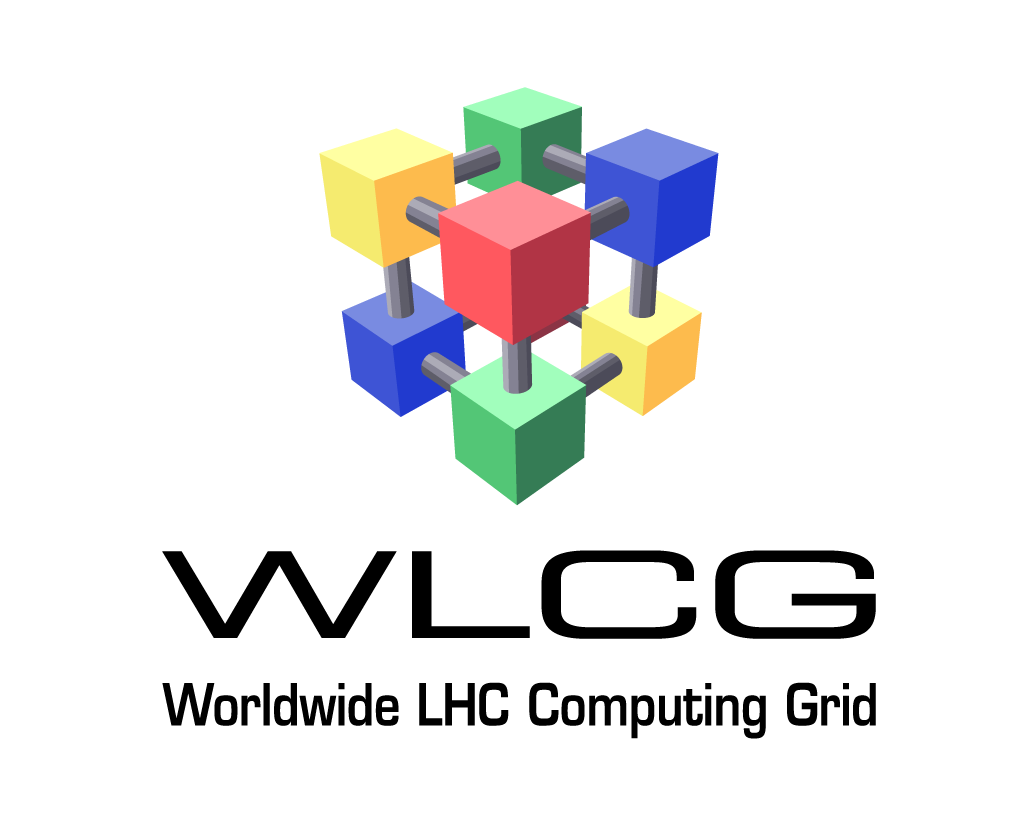

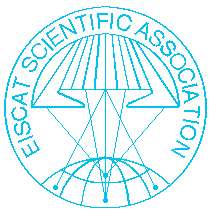

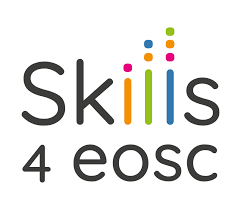
User support¶
To help users get to know our systems and more efficiently use the software installed at our center, we offer several courses each year, including local courses and NAISS courses. We have also offered courses under the PRACE Training Center umbrella.
HPC2N’s application experts have skills and knowledge in a wide range of areas, and can assist you in using the software on our systems in an efficient way, fine-tuning your own code, or helping you solve problems related to programming tools. In addition, our systems experts can help you with the data storage, operating system issues, as well as any hardware problems with HPC2N’s systems.
Software¶
We provide a wide range of software that is used in different research fields for simulation and modelling, as well as for developing code. If you need a piece of software we do not have installed, you can contact us and we will usually be able to either install it for you or help you to install it yourself in your own storage area on our systems.
For a list of (some of) our installed software, go to the software pages.
In the Guides and tutorials section you will also find information useful when you install your own software, including packages and modules for Python and R.